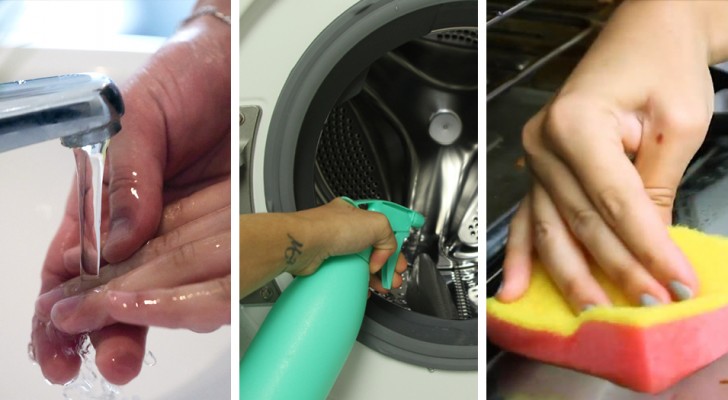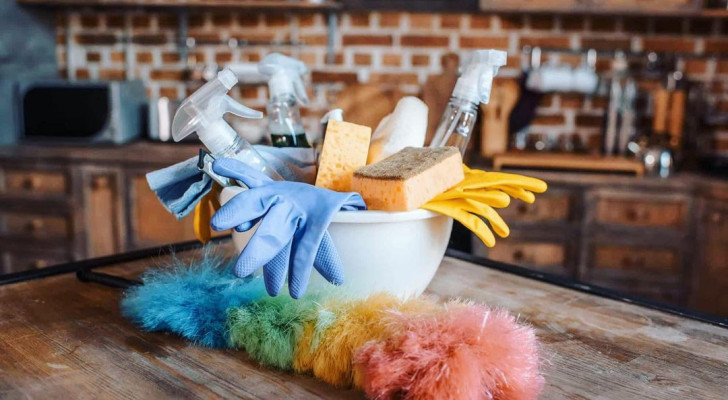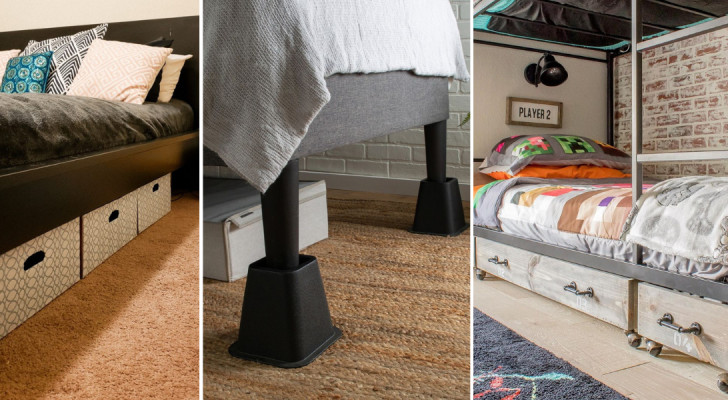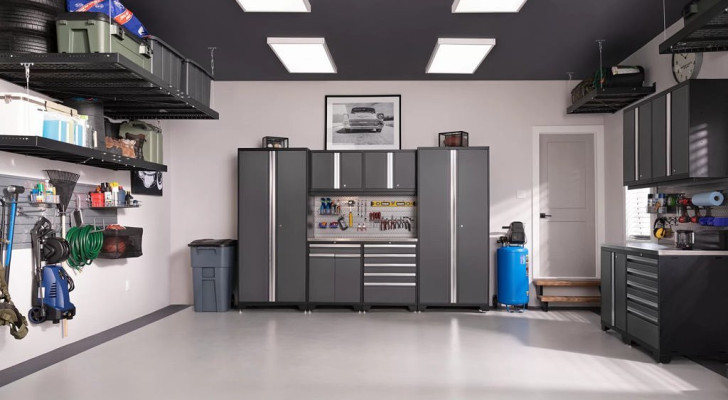Don't be fooled by marketing: 9 tricks to shop more efficiently
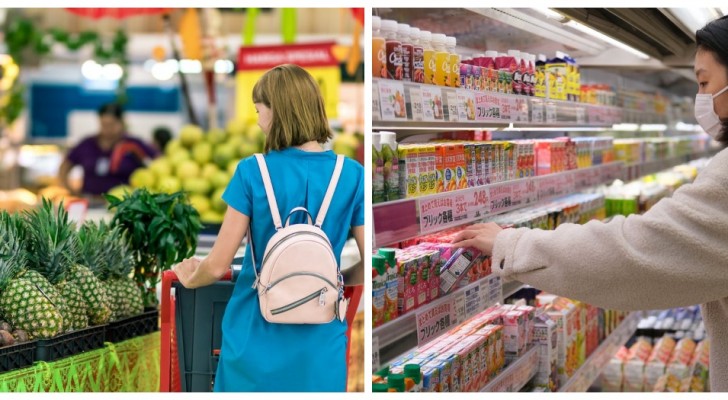
Going shopping at the supermarket is a necessary chore for all of us. We go to the most convenient or favorite shops on a regular basis to bring home all the food and other items we need in our daily lives. Buying everything in one supermarket rather having to traipse around a fruit and vegetable market, for example, is useful for those who have to work and do housework. And these strolling up and down the aisles of supermarkets (basically, one-stop-shops) are often where we find ourselves when we do our shopping.
We certainly know our favorite brands, the cheapest ones or those with that give good value for money, but there are also a series of steps that we do not always remember to use, and that could help us shop more effectively and efficiently. Here are some of them:
It's best to use a shopping cart
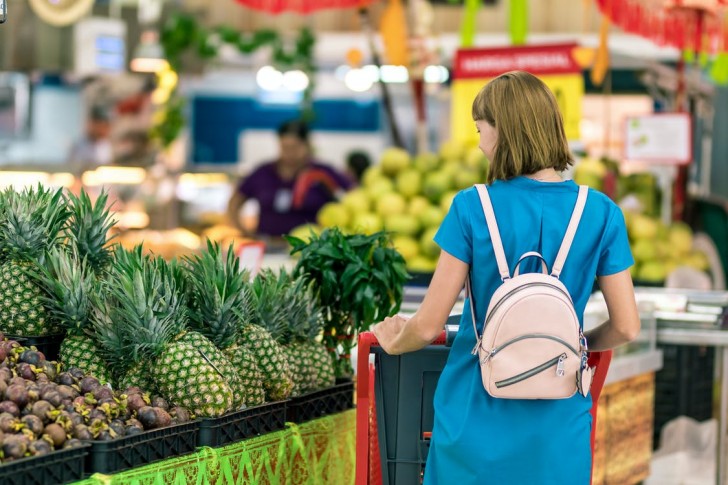
This advice seems counter-intuitive, because a trolley / shopping cart is wider and more capacious than the baskets which we carry on our arm, but in reality it helps us to pay more attention to what we are buying. The reason? It is more useful, because it does not weigh us down as it fills up (unlike a shopping basket), and it helps us to go a little slower and think about our purchases more carefully.
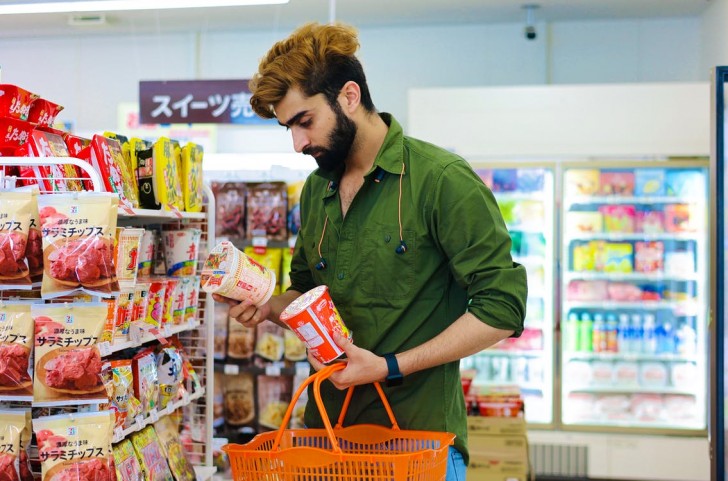
Apparently, having to carry a shopping basket unconsciously stimulates us to move quicker - indeed, some studies have found that those who use a basket end up filling it with junk food and snacks much more than those who use a trolley!
Pay attention to labels

We are surrounded by packages that "shout out" the advantages of the products inside them: fewer calories, less sugar, no palm oil and similar. However, it is always worth checking the nutritional information in the information labels that, by law, are now found on any packaged food. Here, we can find out if the calories, sugars, fats and other values are really the ones that are right for us.
Products at the back of the shelf

This is a trick to be taken with a grain of salt, or rather, to be used wisely. Generally, when the shelves are replenished, the newest products (therefore with a more delayed expiration) are placed behind the others, on the bottom or at the back, where they are more difficult to reach. So these at the bottom / back are fresher.
But if we all always bought only the freshest products, waste in supermarkets would increase (which is already significant). Ask yourself, therefore, if it is something you intend to consume quickly, and then you can take the most prominently place products. If you really need to stock up on an item which you will store for a longer period, buy those that expire later (and which you will find at the back / bottom of the shelves).
Card or cash?

Using cash makes us much more aware of how much we are spending, and helps us limit our expenses.
Other useful tips
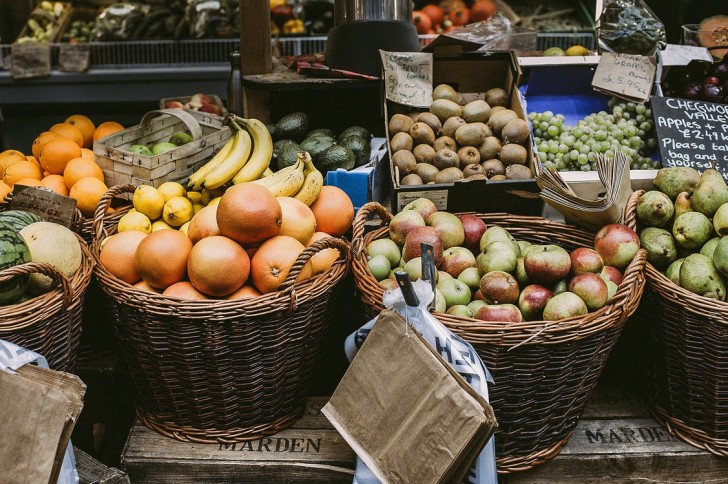
- Do not pay too much attention to the aethetics of fruit or certain vegetables: the important thing is that they are fresh products, and need not have a perfect shape and color. Indeed, most naturally grown products are generally those with some imperfections.
- Shopping in the morning or evening is better: these are the moments when the supermarket is replenished / restocked with many products, which will therefore be fresher.
- Don't write off frozen foods: frozen fruit or vegetables, sometimes, are better than those that you find at the fruit and vegetable counter. In fact, frozen products are picked and flash- frozen at the prime moments of their maturation; others - especially if they come from afar or are not in season - are often picked before they ripen in order to arrive at their destination in a more palatable condition.
- Look up and down: the products we notice the most are those at eye level and these are often the most expensive in a category. The economic alternatives, on the other hand, are found in the periferal areas.
Do you use any other tips when out shopping?
